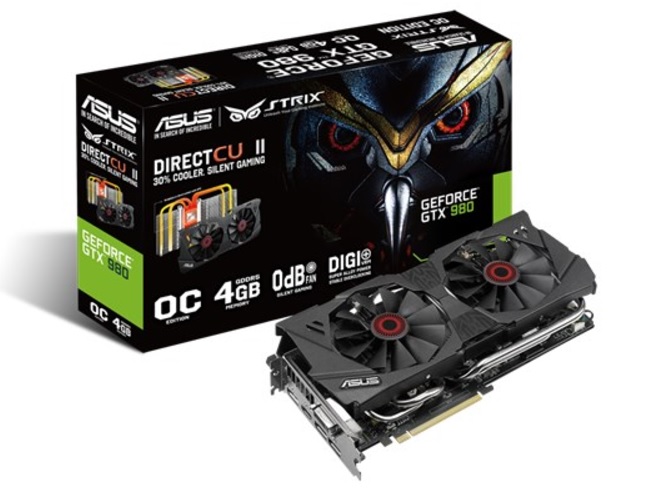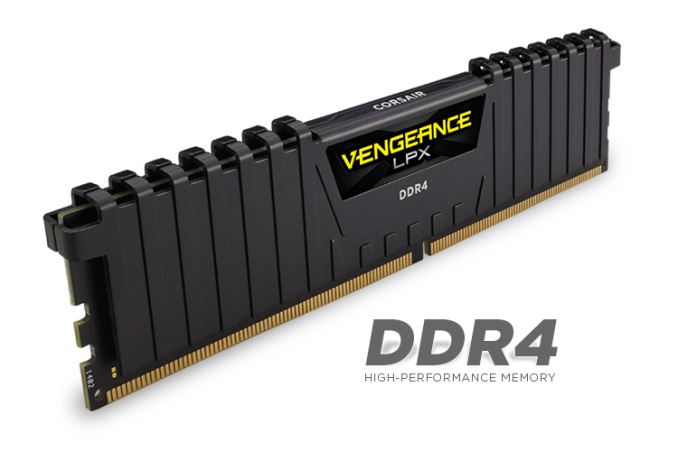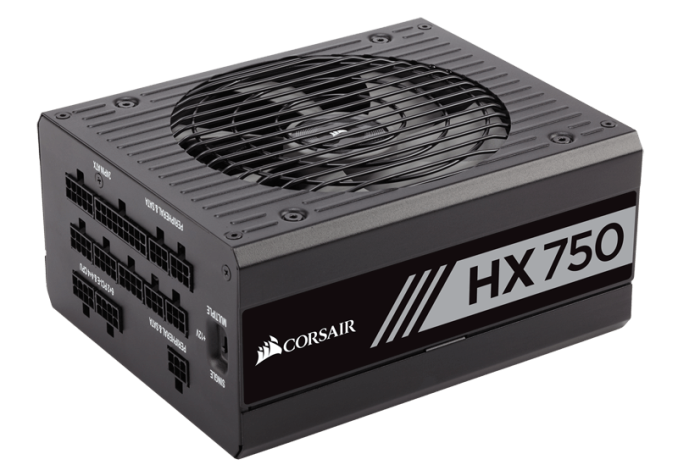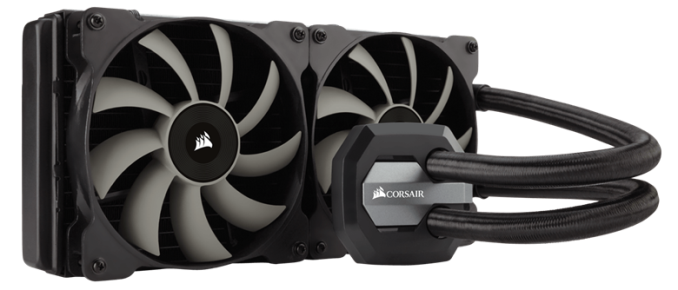The Supermicro X11SRA Motherboard Review: C422 based Workstation for Xeon-W
by Joe Shields on May 30, 2018 8:00 AM EST- Posted in
- Motherboards
- Workstation
- Supermicro
- ECC
- Skylake-SP
- Xeon-W
Board Features
The X11SRA motherboard features workstation type functionality supporting Xeon-W CPUs, up to 512 GB ECC LRDIMMs, and its dual U.2 ports for mass storage. In addition to the parts listed above, the board also integrates an Aquantia 5G LAN for high-speed networking. Outside of that, the board offers users multiple PCIe slots for graphics, dual M.2 slots, as well as the Realtek ALC 1220 codec, which was a surprise to see on this type of board.
| Supermicro X11SRA | |
| Warranty Period | 3 Years (labor) 1 Year (parts) |
| Product Page | Link |
| Price | $340 (Amazon) |
| Size | ATX |
| CPU Interface | LGA2066 |
| Chipset | Intel C422 |
| Memory Slots (DDR4) | Eight DDR4 Registered ECC Quad Channel Supporting 256GB RDIMM Supporting 512GB LRDIMMs Up to DDR4-2666 |
| Network Connectivity | 1 x Intel 1G PHY I219LM 1 x Aquantia 5G LAN |
| Onboard Audio | Realtek ALC1220 7.1 HD Audio |
| PCIe Slots for Graphics (from CPU) | 3 x PCIe 3.0 x16/x16/x8 |
| PCIe Slots for Other | 1 x PCIe 3.0 x4 |
| Onboard SATA | 6 x RAID 0/1/5/10 |
| Onboard SATA Express | None |
| Onboard M.2 | 2 x PCIe 3.0 x4 and SATA modes |
| Onboard U.2 | 2 x PCIe 3.0 x4 |
| USB 3.1 | ASMedia ASM3142 2 x Type-A Port (back panel) |
| USB 3.0 | Chipset 4 x back panel 2 x internal headers |
| USB 2.0 | Chipset 4 x back panel 2 x Internal headers |
| Power Connectors | 1 x 24-pin ATX 1 x 8-pin CPU |
| Fan Headers | 5 x 4-pin PWM headers |
| IO Panel | 1 x PS/2 Keyboard/mouse combo port 2 x USB 2.0 ports 1 x VGA port 2 x USB 3.0 2 x LAN (RJ45) ports 2 x USB 3.1 (10 Gbps) Type-A ports 2 x USB 3.0 1 x Optical S/PDIF OUT connector 5 x OFC audio jacks |
Test Bed
As per our testing policy, we take a high-end CPU suitable for the motherboard that was released during the socket’s initial launch and equip the system with a suitable amount of memory running at the processor maximum supported frequency. This is also typically run at JEDEC sub timings where possible. It is noted that some users are not keen on this policy, stating that sometimes the maximum supported frequency is quite low, or faster memory is available at a similar price, or that the JEDEC speeds can be prohibitive for performance. While these comments make sense, ultimately very few users apply memory profiles (either XMP or other) as they require interaction with the BIOS, and most users will fall back on JEDEC supported speeds - this includes home users as well as industry who might want to shave off a cent or two from the cost or stay within the margins set by the manufacturer. Where possible, we will extend our testing to include faster memory modules either at the same time as the review or a later date.
Readers of our motherboard review section will have noted the trend in modern motherboards to implement a form of MultiCore Enhancement / Acceleration / Turbo (read our report here) on their motherboards. This does several things, including better benchmark results at stock settings (not entirely needed if overclocking is an end-user goal) at the expense of heat and temperature. It also gives, in essence, an automatic overclock which may be against what the user wants. Our testing methodology is ‘out-of-the-box’, with the latest public BIOS installed and XMP enabled, and thus subject to the whims of this feature. It is ultimately up to the motherboard manufacturer to take this risk – and manufacturers taking risks in the setup is something they do on every product (think C-state settings, USB priority, DPC Latency/monitoring priority, overriding memory sub-timings at JEDEC). Processor speed change is part of that risk, and ultimately if no overclocking is planned, some motherboards will affect how fast that shiny new processor goes and can be an important factor in the system build.
| Test Setup | |
| Processor | Xeon W-2155 |
| Motherboard | Supermicro X11SRA (BIOS v1.00) |
| Cooling | Corsair H115i |
| Power Supply | Corsair HX750 |
| Memory | Kingston 4x8GB DDR4 2666 CL19-19-19-443 RDIMM (KSM26RS8/8HAI) |
| Memory Settings | DDR4 2666 CL16-18-18-35 2T |
| Video Cards | ASUS Strix GTX 980 |
| Hard Drive | Crucial MX300 1TB |
| Optical Drive | TSST TS-H653G |
| Case | Open Test Bed |
| Operating System | Windows 10 Pro 64-bit |
Many thanks to...
We must thank the following companies for kindly providing hardware for our multiple test beds. Some of this hardware is not in this testbed specifically but is used in other testing.
Thank you to ASUS for providing us with GTX 980 Strix GPUs. At the time of release, the STRIX brand from ASUS was aimed at silent running, or to use the marketing term: '0dB Silent Gaming'. This enables the card to disable the fans when the GPU is dealing with low loads well within temperature specifications. These cards equip the GTX 980 silicon with ASUS' Direct CU II cooler and 10-phase digital VRMs, aimed at high-efficiency conversion. Along with the card, ASUS bundles GPU Tweak software for overclocking and streaming assistance.
The GTX 980 uses NVIDIA's GM204 silicon die, built upon their Maxwell architecture. This die is 5.2 billion transistors for a die size of 298 mm2, built on TMSC's 28nm process. A GTX 980 uses the full GM204 core, with 2048 CUDA Cores and 64 ROPs with a 256-bit memory bus to GDDR5. The official power rating for the GTX 980 is 165W.
The ASUS GTX 980 Strix 4GB (or the full name of STRIX-GTX980-DC2OC-4GD5) runs a reasonable overclock over a reference GTX 980 card, with frequencies in the range of 1178-1279 MHz. The memory runs at stock, in this case, 7010 MHz. Video outputs include three DisplayPort connectors, one HDMI 2.0 connector, and a DVI-I.
Further Reading: AnandTech's NVIDIA GTX 980 Review
Thank you to Crucial for providing us with MX300 SSDs. Crucial stepped up to the plate as our benchmark list grows larger with newer benchmarks and titles, and the 1TB MX300 units are strong performers. Based on Marvell's 88SS1074 controller and using Micron's 384Gbit 32-layer 3D TLC NAND, these are 7mm high, 2.5-inch drives rated for 92K random read IOPS and 530/510 MB/s sequential read and write speeds.
The 1TB models we are using here support TCG Opal 2.0 and IEEE-1667 (eDrive) encryption and have a 360TB rated endurance with a three-year warranty.
Further Reading: AnandTech's Crucial MX300 (750 GB) Review
Thank you to Corsair for providing us with Vengeance LPX DDR4 Memory, HX750 Power Supply, and H115i CPU Cooler.
Corsair kindly sent a 4x8GB DDR4 2666 set of their Vengeance LPX low profile, high-performance memory for our stock testing. The heatsink is made of pure aluminum to help remove heat from the sticks and has an eight-layer PCB. The heatsink is a low profile design to help fit in spaces where there may not be room for a tall heat spreader; think a SFF case or using a large heatsink. Timings on this specific set come in at 16-18-18-35. The Vengeance LPX line supports XMP 2.0 profiles for easily setting the speed and timings. It also comes with a limited lifetime warranty.
Powering the test system is Corsair's HX750 Power Supply. This HX750 is a dual mode unit able to switch from a single 12V rail (62.5A/750W) to a five rail CPU (40A max ea.) and is also fully modular. It has a typical selection of connectors, including dual EPS 4+4 pin four PCIe connectors and a whopping 16 SATA power leads, as well as four 4-pin Molex connectors.
The 135mm fluid dynamic bearing fan remains off until it is 40% loaded offering complete silence in light workloads. The HX750 comes with a ten-year warranty.
In order to cool these high-TDP HEDT CPUs, Corsair sent over its latest and largest AIO in the H115i. This closed-loop system uses a 280mm radiator with 2x140mm SP140L PWM controlled fans. The pump/block combination mounts to all modern CPU sockets. Users are also able to integrate this cooler into the Corsair link software via USB for more control and options.















57 Comments
View All Comments
tricomp - Wednesday, May 30, 2018 - link
No Ryzen to buy IntelPsycho_McCrazy - Wednesday, May 30, 2018 - link
So many X299 mobo reviews and now a WS one, so niche.Spare a thought for us mortals looking for AM4 B350 boards. Mini ITX AM4 mobo reviews anyone?
ruthan - Wednesday, May 30, 2018 - link
Gaming charts are almost useless for me, i want to see comparision with 7820x and 8700K.. I now that gaming performance wouldnt be better, but not everybody have enough money and room for separated gaming and working PC..bill.rookard - Wednesday, May 30, 2018 - link
Well, that sucks. It used to be that you could buy some regular boards, and eventually through server replacements get a hold of Xeons on the secondary used market. These are actually quite useful, and decently powerful.Now, server motherboards and chipsets will be required. Grr....
Sartorial - Wednesday, May 30, 2018 - link
Does it support bifurcating / "quadfurcating" PCI-E slots for passive M.2 risers?cinematicket - Thursday, May 31, 2018 - link
New points are continually giving new learning.So as a reader this is very informative and intreseting topic.https://bookbyq.com/
porcusRex - Thursday, May 31, 2018 - link
im in the market for a new workstation. I would like to see this motherboard compared to the Asus WS C422 pro/se. build will be used for developement/db work and to run VMs. plan is for 128 g memory and xeon w-2155. the only other available board only supports 64 G memory i think.stanbessami - Thursday, December 6, 2018 - link
Excellent scalability, full support for the Broadwell-EP family up to E5-2699 v4 from BIOS 2.0. There are all modern and really necessary connectors. Technical support manufacturer, fresh bios.All stores indicate in the description that the memory is only ECC REG, but this is not the case, it works fine with regular 2133 boards. Really effective energy saving options specified in the specification. Power, reliability, a decent manufacturer in its segment "SUPERMICRO". Price = quality. By the way, I write argumentative essays and reviews for https://writemyessayonline.com/, where you will also find a lot of useful information, as well as be able to order any paperwork.
hansmuff - Monday, March 25, 2019 - link
Maybe IPMI isn't a requirement in a workstation class board, but it sure would be nice especially at this price. My X10 Supermicro server board was only about $220 and has IPMI. It would be a nice distinguisher in this space.charliejoe752 - Tuesday, July 16, 2019 - link
Hey, Thanks for sharing, very useful information about the chipset technology. I provide the students with essay help online(https://www.assignmenthelp4me.com/essay-help.html)... I am presently working with Assignment Help 4 Me, the website that is best among all the service providers and has 100% customer satisfaction.